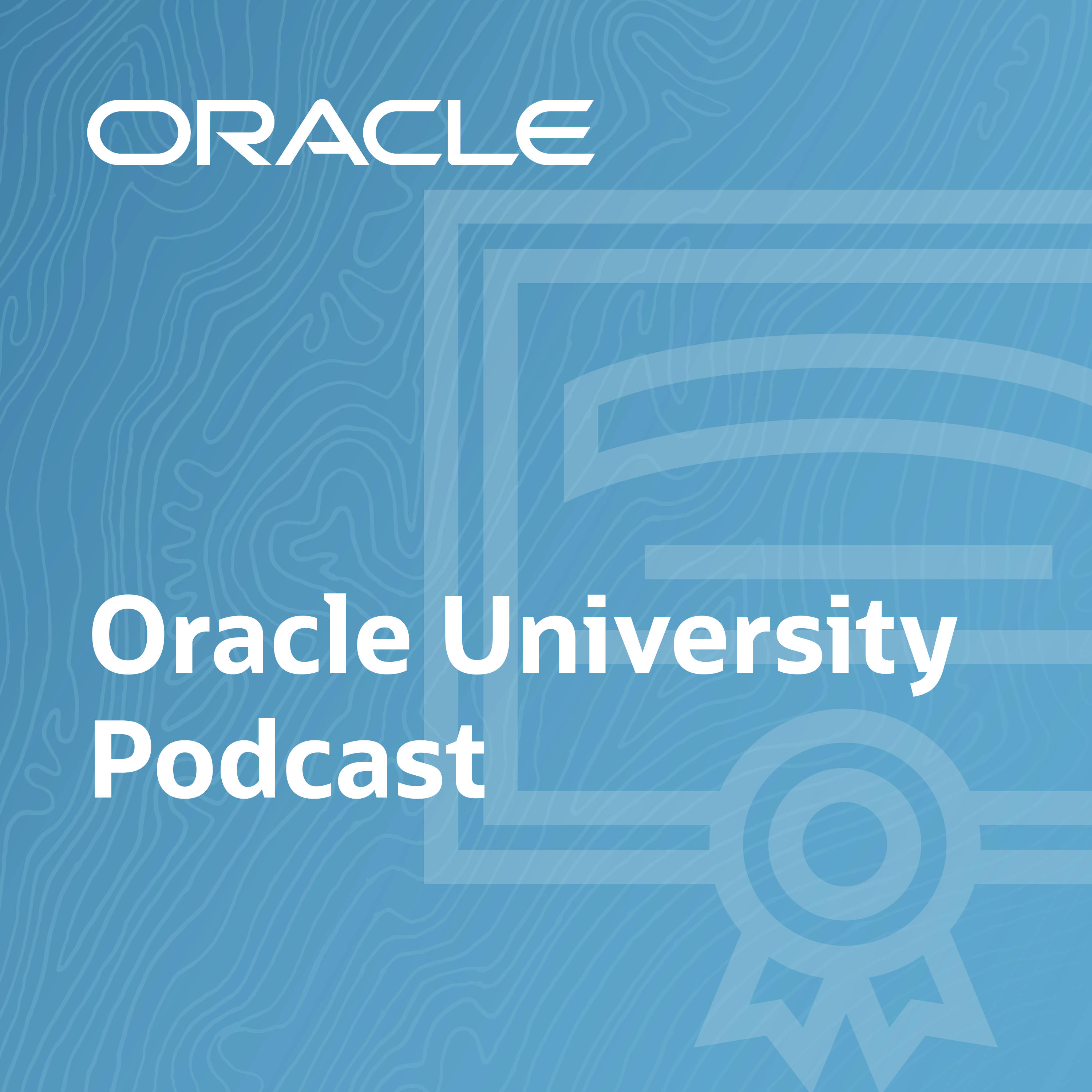Unrestricted Parallel DMLs and Direct Loads
Description
Welcome to the Oracle University Podcast, the first stop on your cloud journey. During this series of informative podcasts, we’ll bring you foundational training on the most popular Oracle technologies. Let’s get started!
Nikita: Welcome to the Oracle University Podcast! I’m Nikita Abraham, Principal Technical Editor with Oracle University, and with me is Lois Houston, Director of Innovation Programs.
Lois: Hi there! In our last episode, we discussed a ground-breaking caching solution in Oracle Database 23ai, known as True Cache. We spoke about its configuration and deployment, and explored how to apply True Cache to our applications.
Nikita: Today, we’re going to talk about two Oracle Database 23ai new features related to Data Manipulation Language, or DML. The first is Unrestricted Parallel DMLs and then we’ll move on to Unrestricted Direct Loads. We’ll talk about the situation prior to 23ai, identify the improvements that have been made, and look at their benefits.
Lois: And returning for another episode is Bill Millar, our Senior Principal Database & MySQL Instructor with Oracle University. Hi Bill! So, to start, can you explain what unrestricted parallel DMLs are and why they are important, especially in the context of Oracle Database?
Bill: The Oracle Database allows DML statements such as inserts, updates, deletes, merge to be executed in parallel by breaking those statements into smaller task. These transactions can contain multiple DML statements. And they can modify multiple different tables.
So transactions with the parallel DML is going to use the execution method by breaking up those large operations to execute the transaction in parallel. It helps speed up the large operations. And it's advantageous to data warehouse environments where we're maintaining like summary tables, historical tables. And even in OLTP systems, it can be beneficial for long-running batch jobs.
The scale up. Well, it's basically dividing the executing SQL against those large tables and indexes into those smaller units of work.
Nikita: So, what were the limitations prior to 23ai?
Bill: So once that object was modified by APLL statement, the object cannot be read or modified later in the same transaction. After that parallel DML modifies a table, there is no follow-on DML or query on the same table within that same transaction. If any attempt to access a table modified by that parallel statement, the transaction would be rejected.
You're only allowed to query on those tables prior to that DML on that object itself.
Lois: Ok… So with these new improvements, I’m guessing some of these restrictions have been removed?
Bill: In this case, in the same session, you can query the table multiple times. You can perform conventional DML on the same table within the same session. And you can also have multiple direct loads in the same session without having to do that commit.
But there are still some restrictions with it. Heap tables only. You can't do it with any clustered tables or IOT, Index Organized Tables. Non-ASSM, the Automatic Segment Space Management tables. The temp table is not under ASSM. Why? Because it has to have uniform extents or any other tablespaces that you created with the uniform extents. So those restrictions still apply.
So some of the improve






